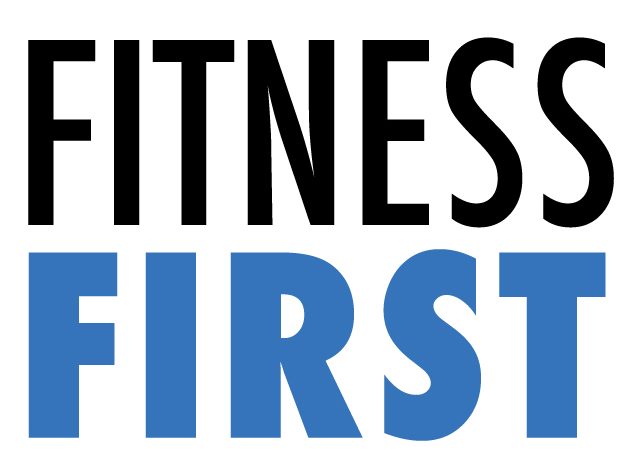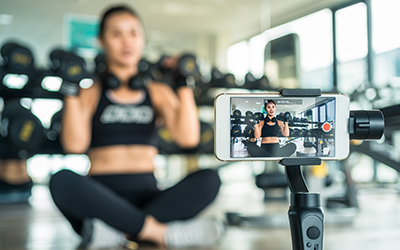
One of the truest, most consistent statements in the world of sports over the last few decades has been, “Film doesn’t lie.”
From the moment coaches acquired the ability to record an athletic performance on video, they have used it to gain an edge during competition.
Until recently, the ability to analyze footage was limited to professionals. First, because only professional coaching staffs and trainers could afford the equipment to record and analyze performance. Second, because only a few trainers possessed the training and experience to break down what happens on film
But we now live in an era where everything we do has a potential of being captured on film. Everyone with a modern smartphone possesses a professional-quality video camera in their pockets.
We can broadcast our actions via live stream to an audience in real-time. Or we can film ourselves now to be posted later. We all live in a world where capturing video of an athletic performance is just a matter of deciding how to set up your phone. All you need now is a little insight into how a coach breaks down film.
A Coach’s Perspective
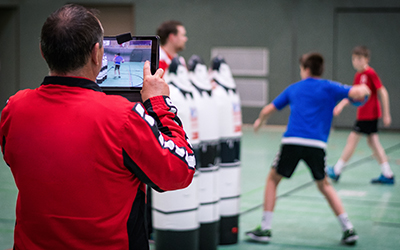
I want to take you inside a coach’s mind, my mind, and discuss how to evaluate film and how to learn from it. Coaching basketball for the past 12 years I would estimate that I watched 24-28 hours of film per week each season analyzing the players on my team and our opponents. Add in all of the pre- and postseason film prep, and I estimate that I’ve watched nearly 10,000 hours of film during my basketball career.
Does this make me a master at my craft? Maybe not. There are definitely folks out there who can do this better than me. However, I can sift through a 2 hour game in less than 45 minutes. I can turn my observations into actionable insight and effectively communicate those details to my Head Coach and team. And I have a highly detailed library of film. All this suggests that I got pretty good at it.
The Fundamental Goal
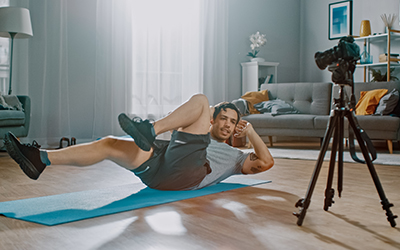
The goal of learning from film is to determine how to get better at the activity you recorded. Sometimes this will be easy. You’re holding your arm at a bad angle, when you shoot. It’s leading to inconsistencies. So you focus on correcting that detail, train extensively, and watch yourself again.
Sometimes spotting an improvement opportunity is a challenge. It appears that you’re being overpowered by your opponents when you run a specific play. Maybe you need to focus on strength-training. Or maybe there’s a different way to execute the play. Either way, the answer isn’t obvious.
A successful study of film performance doesn’t always lead to a clear and obvious solution. But it should lead an individual to recognize a problem or area that needs improvement. From there, the film analysis may also suggest potential solutions. Then you decide on a solution and execute it so the problem doesn’t come back around consistently.
The Methodology – Capture it on Film
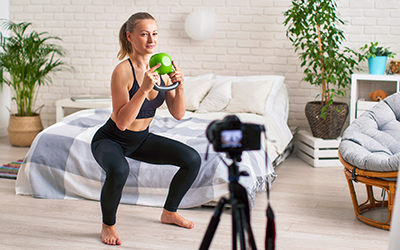
I developed my method for Film Performance for the basketball court. But it can easily translate to any aspect of training, whether that be a specific sport or your conditioning and weightlifting routines. I came from a school that had two HD cameras attached to each rack station in our athletic weight room. These cameras captured every single rep our athletes performed. Once the athlete finished their set, the staff could provide immediate feedback. Our athletes and staff could quickly identify any problematic areas, discuss ways to fix it, and then execute it again on camera during a single training session.
Now, you may be thinking, “my gym doesn’t have HD cameras at each station.” I understand that completely. But you don’t need them. You can easily capture yourself performing an exercise using your phone. The easiest way is to ask a friend to film you while you perform a specific exercise. If a friend isn’t available (or you want a specific angle), prop up your phone in front of your station and capture for a desired set/time.
Chances are, this won’t be all that new to you. Lots of people love to post videos and photos of their workouts already. If you have established a practice of recording your workouts, then you’re already an expert.
The Methodology – Analyze, Analyze, Analyze
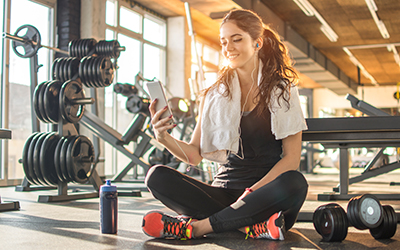
Once you have your video, you have the data you need and you can take it to the next level. Having the ability at your fingertips to fast forward, slow-mo, and freeze frame a workout detail can lead you to maximizing your potential. Focus on the details like form, speed, and timing. Be honest with yourself. Ask others to take a look as well. If nothing jumps out, record from a different angle. Find something that you could improve, even if it only nets a 1% improvement.
Another great tool for analyzing Film Performance are the thousands of videos out there of other people performing exactly what you just did. Watching others perform what you are trying to perfect is a great learning tool as well. Compare your form against this online library.
As a coach I used to do split screens of athletes executing a skill. I used the comparison to highlight what was being done correctly, and what was being done wrong. Seeing is doing and doing is learning.
Conclusion
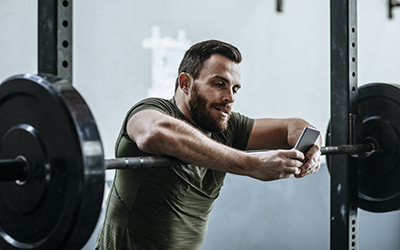
I truly believe Film Performance is positive tool for one’s mind and in excelling at one’s craft. As I said in my post on Positive Thinking, visualization plays a huge role in training and competition. We all love seeing ourselves doing something well. Seeing it on a screen helps reinforce how we see it in our heads.
So my advice would be to capture yourself performing your exercises, put your figurative coach hat on and coach yourself through the tape. That film won’t lie and you shouldn’t lie to yourself.
